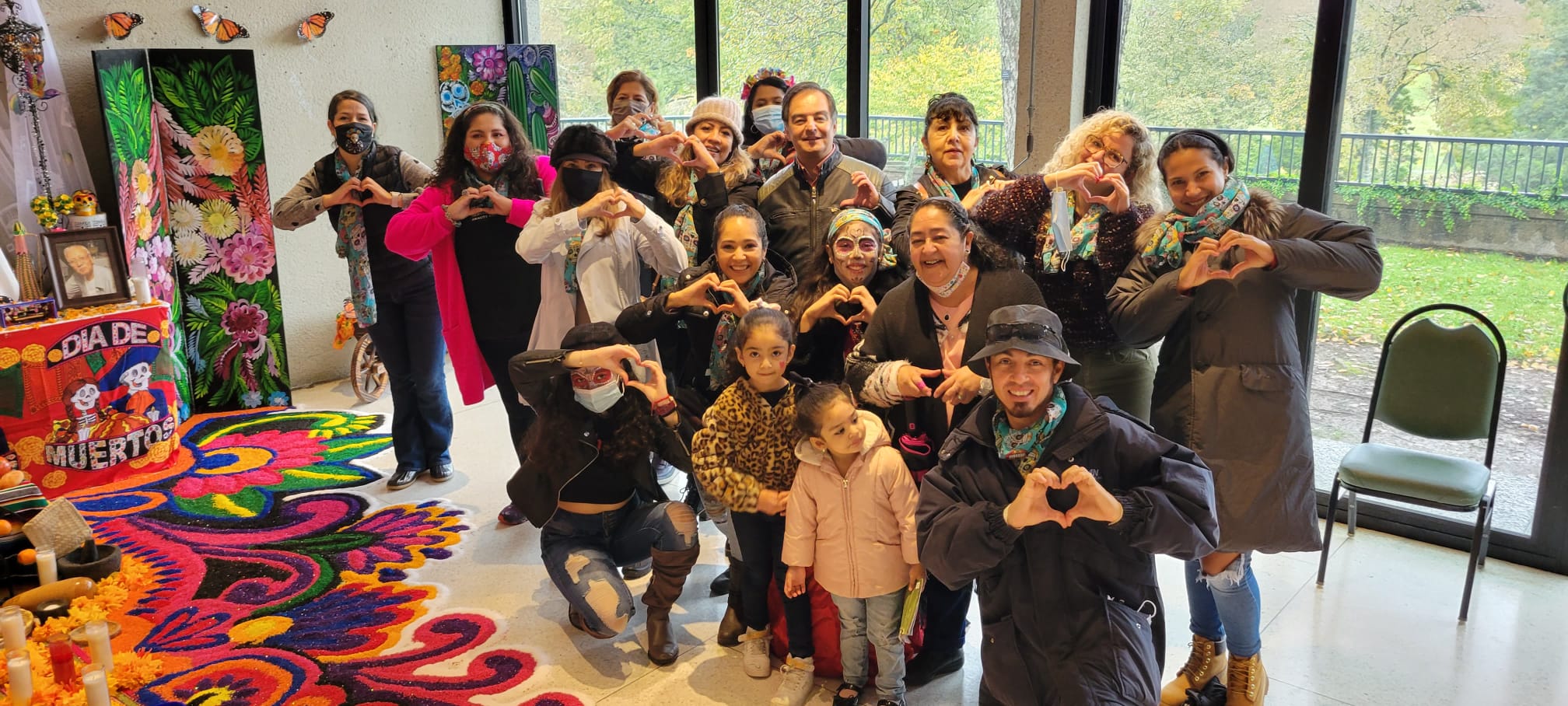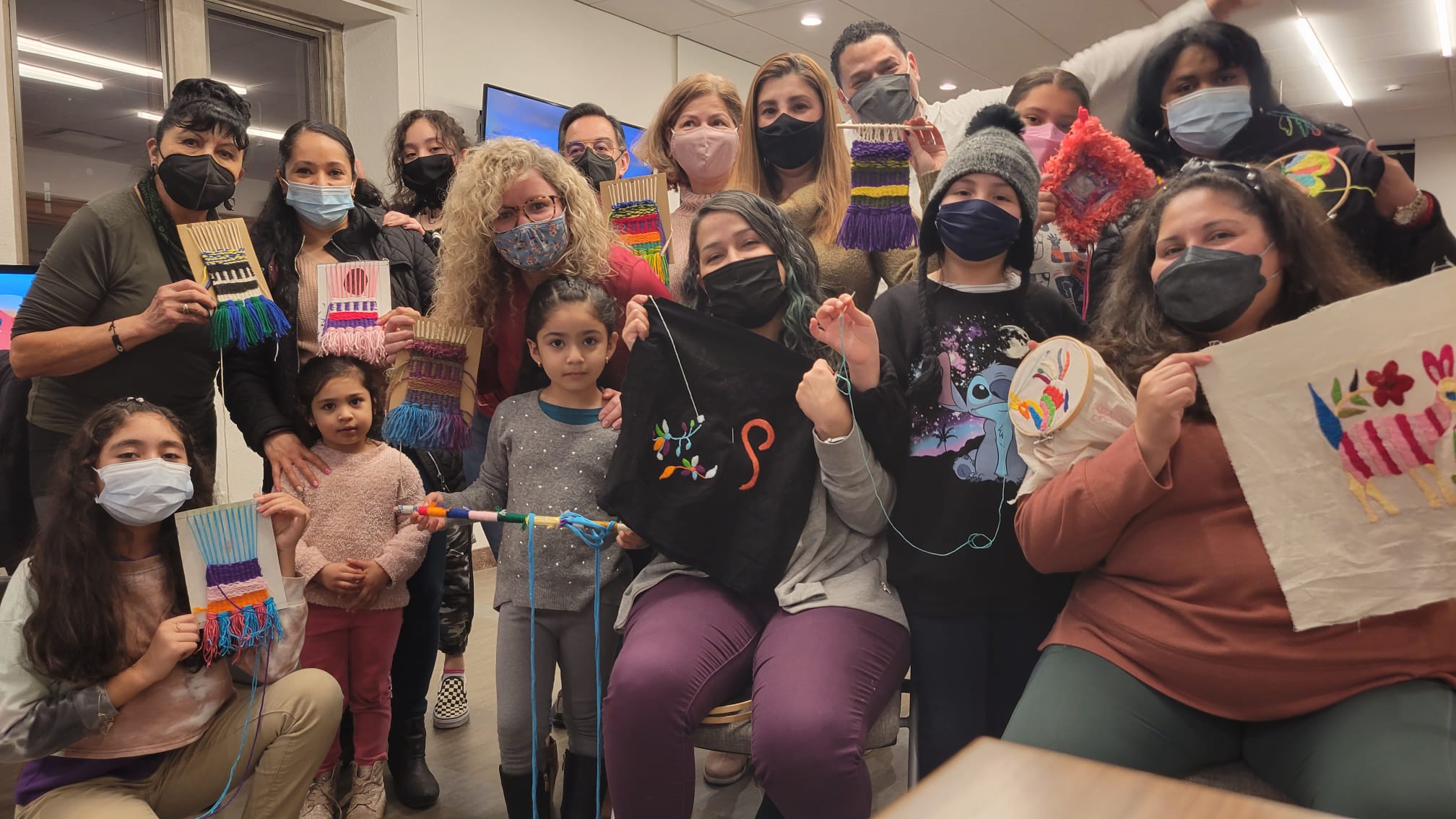Telling Latinx’s Stories through Digital Humanities and Community-Engaged Projects
Elvira Aballi Morell – Department of Spanish and Portuguese & Mellon Graduate Fellow
The Latinx community in the U.S. has been growing exponentially, and with it, the community’s needs. It is known that “Latinos accounted for half of the growth in the U.S. between 2000 and 2012” (Tennessean). However, most people may not know that most of that growth came from U.S.-born Latinos, not immigrants. Despite this shift in the population composition, Latinx bridge-building has been challenging to accomplish. Vanderbilt University is concerned about this and is expanding its outreach and creating strategies to mitigate exclusions and reach underprivileged communities.
COVID 19 has shaped teaching, learning, and archival research. During the pandemic, the transition to online environments has been essential. In all the world, classes moved from the classrooms to small screens. As a teacher, I also had to transition to online teaching in March 2020. And as a scholar, my interest in preserving history and culture was enriched by digital exhibitions and archives. That is why I started participating in the Digital Collections working group hosted by the Center for Digital Humanities at VU. During that time, I was captivated by all of the tools, approaches, and opportunities that Digital Humanities offers to creative people. As I wanted to continue to explore my digital scholarship, I became a Mellon Graduate Student Fellow in Digital Humanities, where I am developing my project “ContArte Latinoamérica” (CAL), a digital repository of works of art made by Latinx artists.
I have seen first-hand the interests and needs of members and change agents in the Latinx community concerning having more places, equity, and opportunities to express themselves and tell their stories. There are few spaces for the Latinx community to be creative and even fewer opportunities to engage in a fruitful dialogue with other communities in the U.S.

The first exhibit hosted by CAL was “Connections.” I collaborated with Marcela Castaño, a Colombian textile artist based in Nashville. The process of launching an exhibit in CAL is divided into five phases:
(1) Taking photographs of selected works.
(2) Writing a description for each piece of art from the collection, in Spanish and English, bearing in mind that the language won’t impede access to the content.
(3) Interviewing the artist and creating a short film of 11 minutes, included in the online exhibition—edited by me using Premiere.
(4) Designing the website.
(5) Hosting the exhibition opening (public Zoom session).

Benefitting from the CAL experience, Castaño and I invited the ESL Tennessee State University teacher Vladimir Betancur to work with us in the community-engaged project HEART: Unifying Communities (Heart UC). This project is an artistic workshop where Spanish creative writing, textile art, and English as a second language—an alternative means of expression—meet.
Thanks to the generous support of six institutions —Digital Humanities Center, the Curb Center, the Center for Latin American, Caribbean, and Latinx Studies (CLACX), the Department of Spanish and Portuguese at VU, the TSU Intensive English Center, and the Mellon Foundation—Heart UC will have four phases. The initial stages have already been implemented since October 4, 2021.
What do Heart UC workshops look like?
(1) Creative writing and literature sessions: Participants engage in group readings and analysis of canonical Spanish literary texts, leading them to write creative texts and find inspiration for their art pieces.

(2) Art sessions: Participants are trained in different textile techniques, allowing them to translate the texts into art.

(3) English and presentation skills sessions: Participants learn and develop oral skills to present their project to others.
(4) Public showcase: Participants will be part of a collective exhibition leading to an online showcase in CAL.
(5) Digital anthology publication: The texts generated in our creative writing sessions will be part of a Digital Book. The collection will include a letter, a poem, a short story, and a monologue created by each participant.
CAL and HEART UC have provided me with in-depth knowledge about the Latinx perspective and enriched my theoretical worldview with hands-on experience. Both projects have impacted my teaching practices, helping me shape a more inclusive environment. I believe that the way we engage with people and cultures can make students feel included. Finding sources that explore social justice content is not enough; choosing relevant articles or authentic resources or including language context in our classes is not enough. As teachers and scholars, we need to develop meaningful relationships through language, culture, and literary or artistic artifacts.
